Move to Contact – Flames of War fun
 By Tom Gall
By Tom Gall
The folks at Hard Knox Games in Elizabethtown Ky are on to something for Flames of War and you probably want to know about it. With Flames of War (FOW) (and TY) I’m sure you’re more than familiar with the current matrix of missions that dot the competitive and casual landscape.
Part of the fun of FOW is showing up with a list, and not knowing what mission you’re going to play. You and your opponent each pick a stance (Attack, Maneuver, or Defend), reveal which gets you to a table to roll a D6, and decide the mission to play. The mission of course determines where you place objectives, where you deploy your forces, if you have reinforcements and other situational rules that’ll give your game extra flavor.
It’s a great system and thankfully Battlefront has been refreshing it approximately yearly. Sometimes tho, you want a little more variety. This is where the Move to Contact format you’ll find is interesting!
The folks at Hard Knox have run this format of missions 5 times now. Locally we’ve been using the missions for casual play, we’re fans.

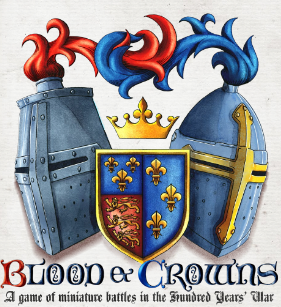 By Mitch Reed
By Mitch Reed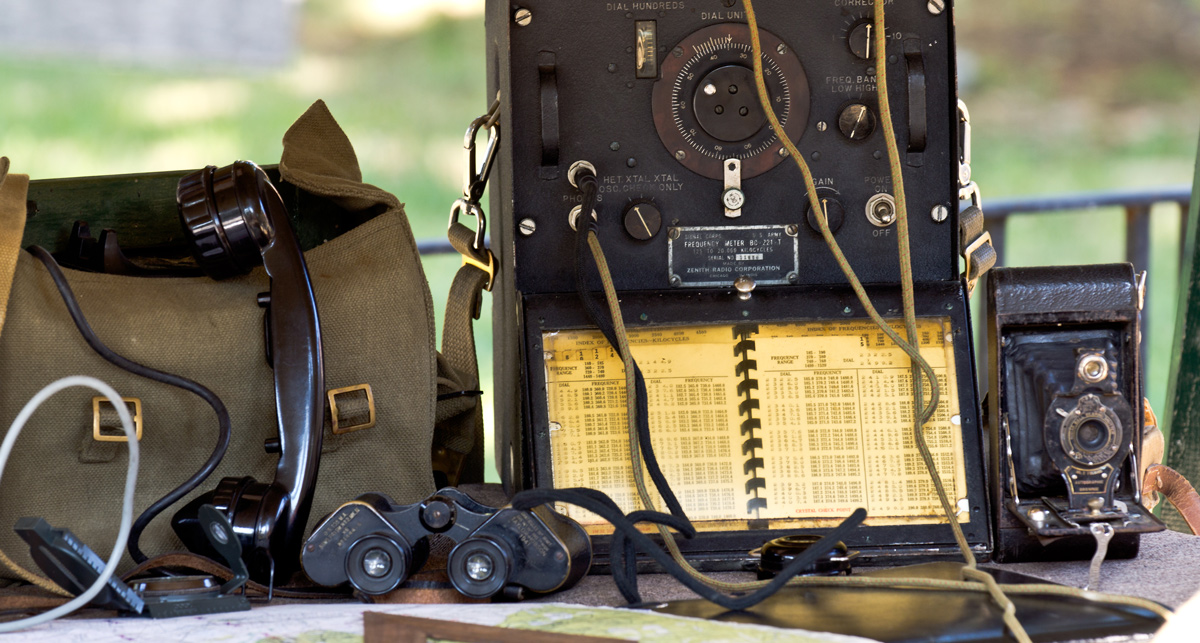 Today we have Ian Brown, the designer of the game Maneuver Warfare that will be released in 2024 from the
Today we have Ian Brown, the designer of the game Maneuver Warfare that will be released in 2024 from the 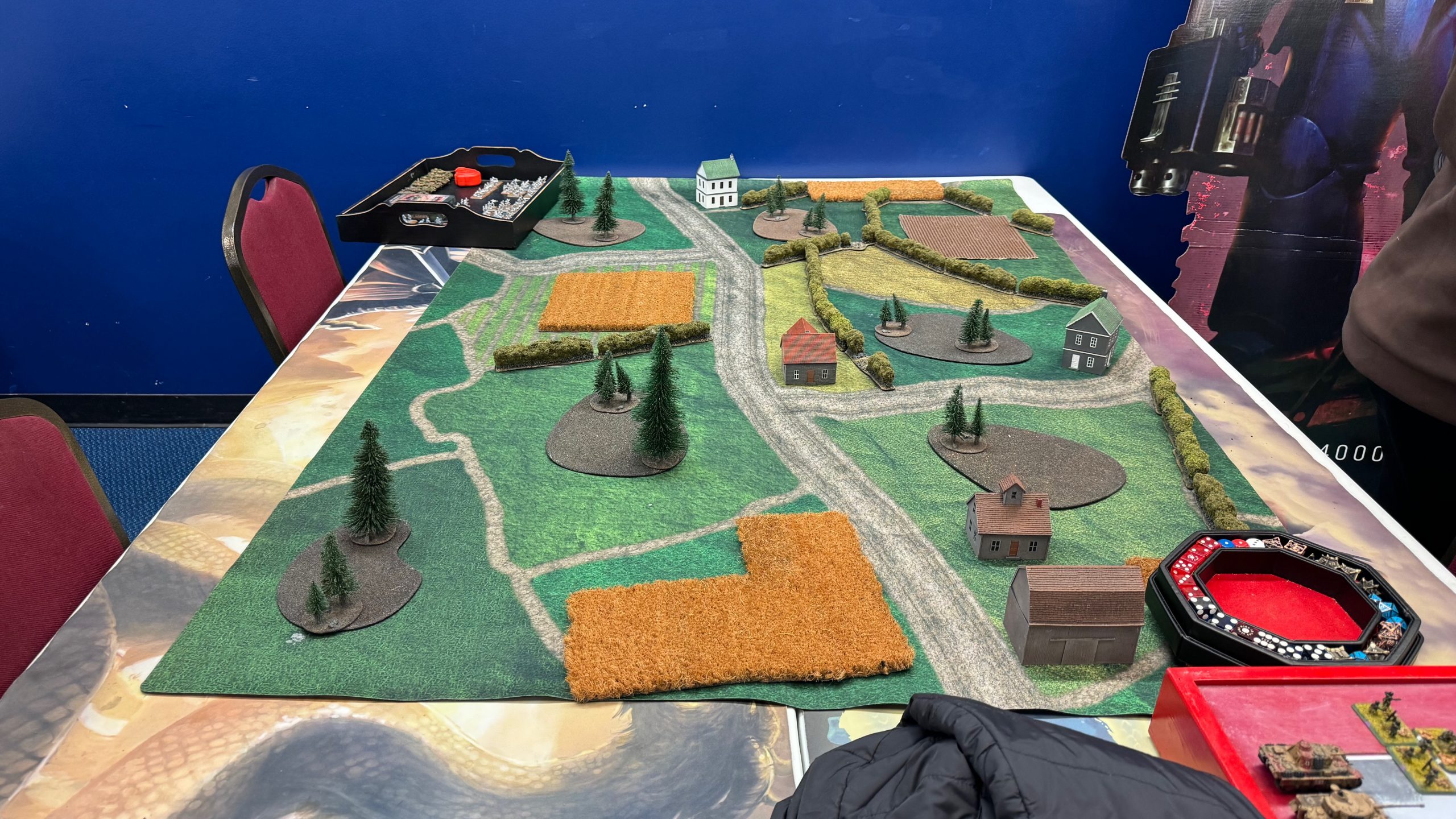
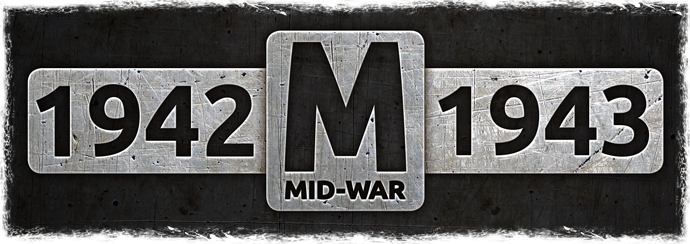
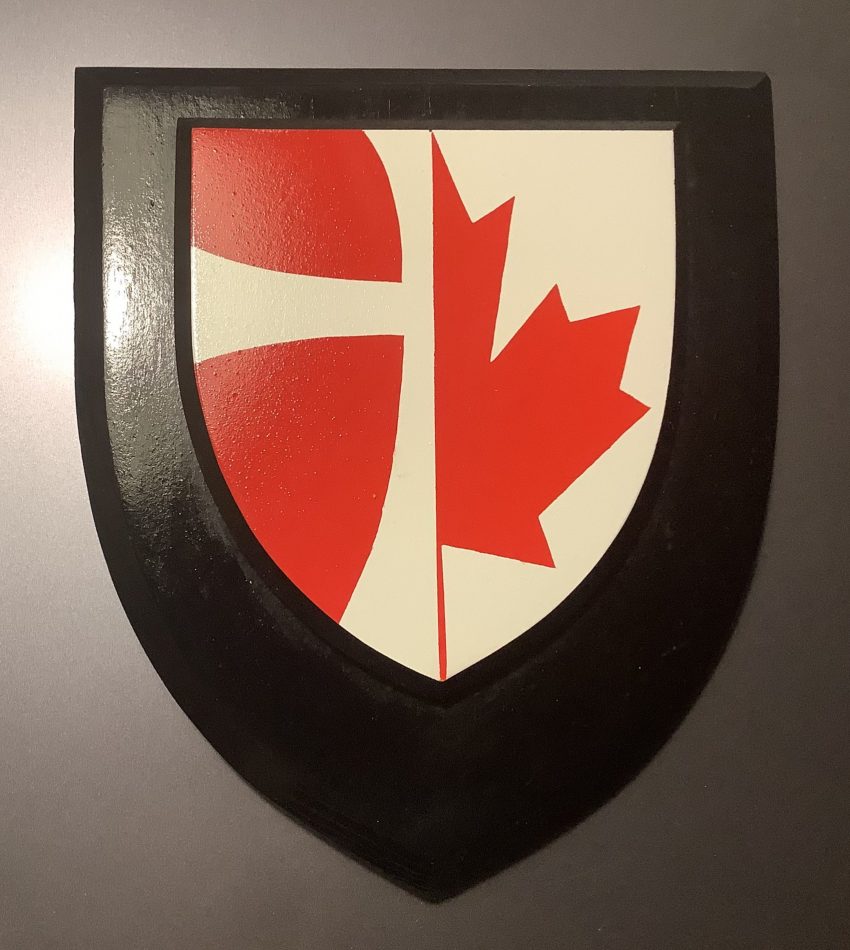
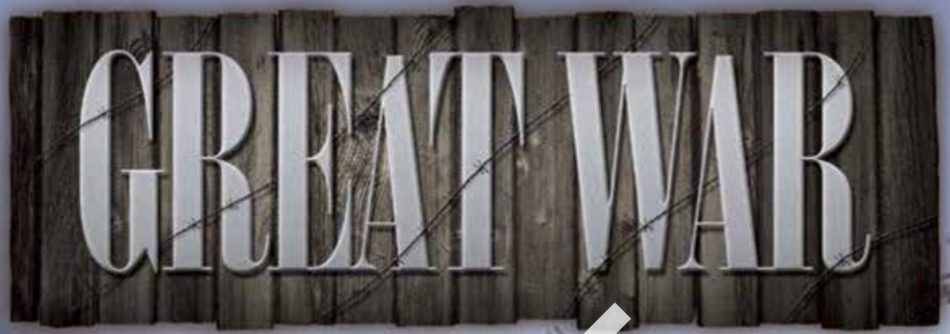
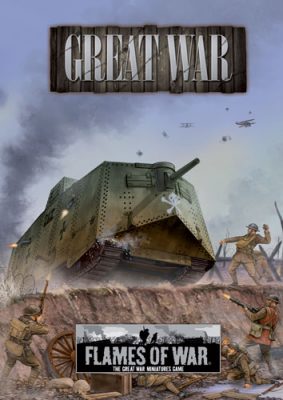
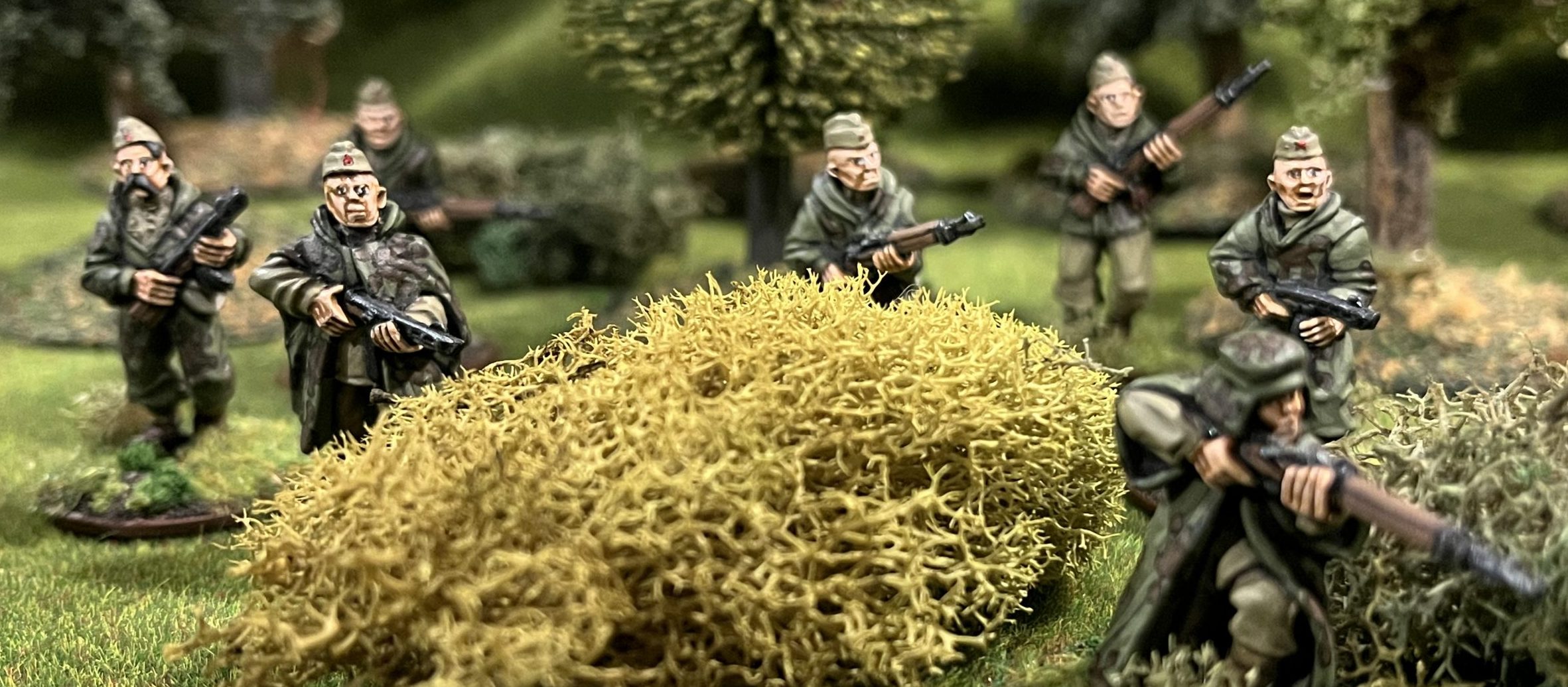
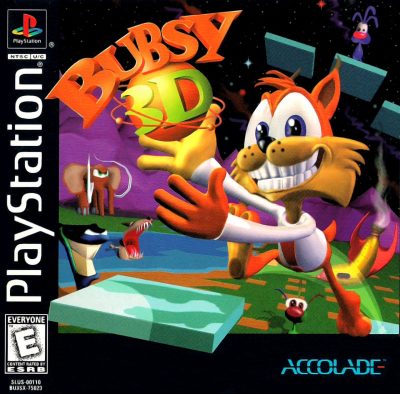 “Playing Bubsy 3D feels like watching Forrest Gump, except every time Forrest Gump says ‘momma,’ Stone Cold Steve Austin punches you in the stomach.” – Noah’s Game Reviews
“Playing Bubsy 3D feels like watching Forrest Gump, except every time Forrest Gump says ‘momma,’ Stone Cold Steve Austin punches you in the stomach.” – Noah’s Game Reviews